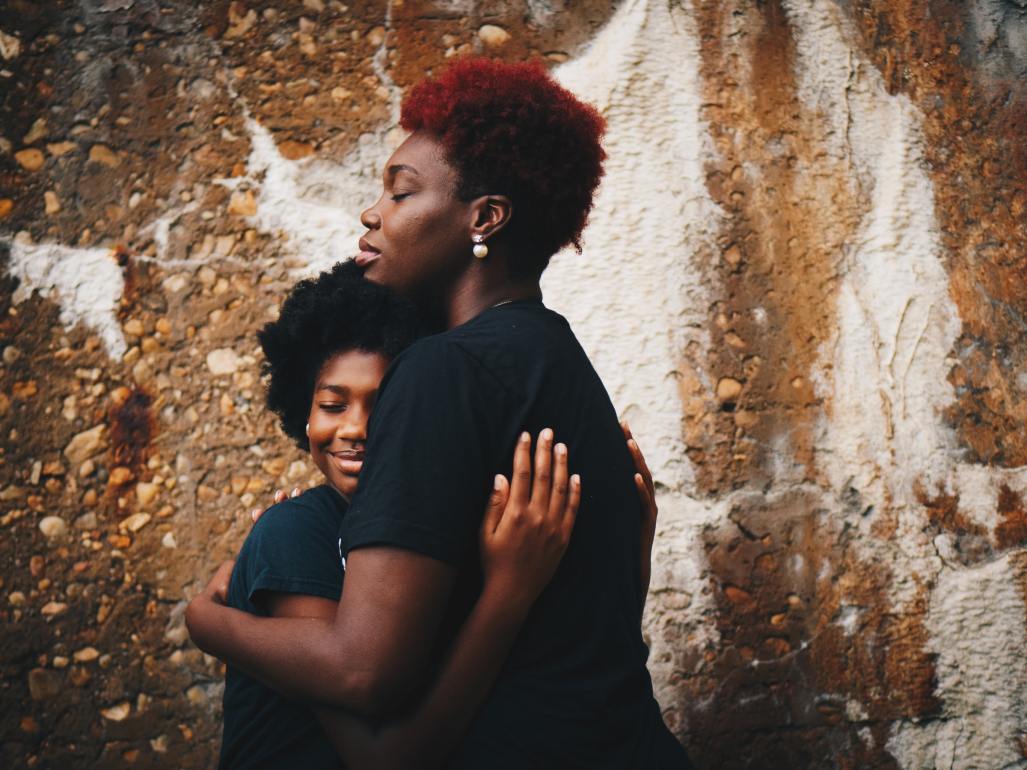On December 12, 2021, two Black women, Brenda Lee Rawls and Lauren Smith-Fields, were found dead in Bridgeport, Connecticut. Their families were never notified of their deaths by police. Instead, the family members searched for the missing women themselves. Rawls’s family learned of her death after family members showed up at the house of the male acquaintance where she was last seen. He told them that she had died two days earlier. Her cause of death is undetermined and pending an investigation. Smith-Fields’s family found out from a note her landlord left on the apartment door a day after she was pronounced dead. After a public outcry for justice for over a month, the medical examiner determined that she had died of an accidental overdose following a date with a guy police deemed “a really nice guy.” Her death is currently being investigated as a crime (NPR, New York Times).
The same detectives handled both women’s cases. These detectives have since been accused of mishandling each investigation, being “insensitive,” and lacking “human decency” towards the victims and their loved ones.
It’s unclear if the women knew each other, but their stories speak to a larger crisis: the safety of Black women is in jeopardy, and no one seems to care.
TAKE ACTION
• Learn about underreported stories about missing Black women and girls on the Our Black Girls website.
• Follow accounts like Black Femicide US that bring awareness to the daily violence that Black women and girls face.
• Post, retweet, or share missing person alerts in your community on social media.
• Support the Stop Killing Black Women Initiative by writing to your local and state officials and demanding they address the disparities Black women and femmes face.
In 2020, 1,440 of the 3,573 female homicide victims in the U.S. were Black. This is about four Black women and girls killed per day (The Guardian, Statista). They represented 34% of the reported missing women and girls despite making up less than 16% of the U.S. population (Cosmopolitan). And they have three times the homicide rate of white women. Of the 47 recorded transgender and gender non-conforming people killed in 2021, 28 were Black transgender women. Since 2013, Black trans women represent 66% of the known victims of fatal violence (Human Rights Campaign).
Existing in the intersection of racial and gender oppression, Black women experience “misogynoir,” a “unique anti-Black racist misogyny” (Moya Bailey). Stereotypes about Black women being overtly sexual, animalistic, angry, and resilient lead to the perception that Black women don’t need protection. As a result, they are routinely the victims of violence but are rarely seen as victims.
Serial killer Samuel Little was able to murder 63 Black women undetected over 35 years since his victims were the “less dead,” a term used to describe those “on the margins of society and whose murders have historically tended to be not as thoroughly investigated as those of their wealthier, whiter, and perhaps more sober counterparts” (The Independent). He took advantage of the bias held by society and police against marginalized communities, like Black women, because he knew no one was looking for them when they went missing. It took decades, 45 witnesses, a documentary series, and a social media campaign before R. Kelly was convicted following allegations of sexual abuse and harassment towards Black women, girls, and boys (Vox). Despite rumors and evidence of sexual violence for years, his victims were ridiculed and discredited by the public and his fans.
Similar attempts to disparage Smith-Field’s image played out in media coverage of her case, where one outlet showed side-by-side pictures of her date fully clothed in nature next to a photo of her in a bikini with her hand out suggestively. Many, including Cardi B, called them out for trying to “spin the narrative” and fueling the perception that she asked for this and that “that’s what she gets”(Twitter).
The news media often fails to amplify the deaths or missing cases of Black women as much as they do for white women, an example of overall racial disparities in media coverage. Last year, the disappearance and murder of Gabby Petito garnered national media coverage. In the wake of national attention and public mobilization, police discovered her remains and subsequently closed her case. This courtesy is not afforded to the Black and Indigenous missing women whose names are missing from the headlines despite being overrepresented among the disappeared. A 2016 study found that Black people were “significantly underrepresented” in coverage of missing people from four national and local news outlets (New York Times). This is due to majority-white newsrooms deciding which stories deserve immediate public attention. And the disappearances of middle-class women resonate with these editors who see themselves or loved ones in these cases.
By intentionally failing to secure their safety in life and denying them the due process to receive justice and attention in their disappearance or murder, Black women and girls are stripped of their humanity and victimized twice. This sends a clear message that even in death, their lives don’t matter.
KEY TAKEAWAYS
• Black women experience three times the homicide rate than white women but are seldom seen as victims.
• Bias stereotypes and racial disparities in the media coverage further victimize Black women and girls by tarnishing their names and repetitions, hindering justice.
• Even in death, the lives of Black women and girls matter.
